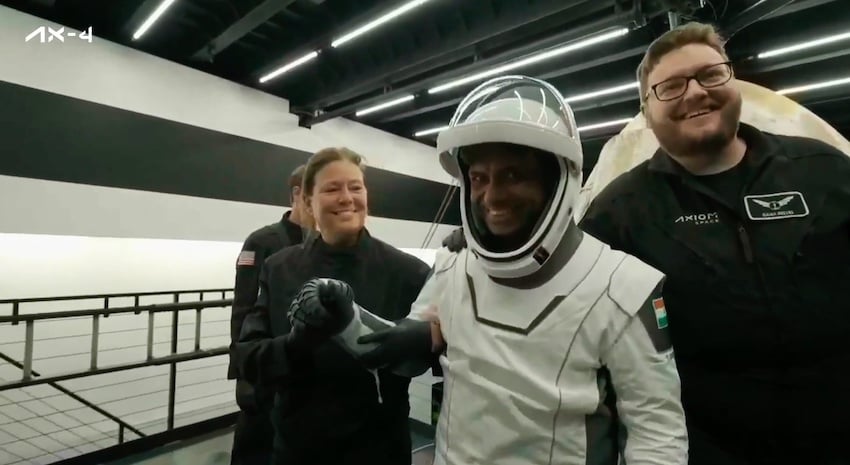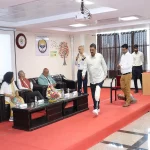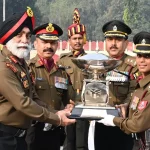Indian astronaut Group Captain Shubhanshu Shukla and his Axiom-4 crew safely returned to Earth on Tuesday as their SpaceX Dragon spacecraft splashed down in the Pacific Ocean off the coast of San Diego at 3:02 p.m. IST. The return occurred 22.5 hours after the spacecraft undocked from the International Space Station (ISS) on July 14.
Shubhanshu Shukla served as the pilot of the mission, making him the first Indian in space in 41 years since Wing Commander Rakesh Sharma’s 1984 mission. Alongside Shukla, the Axiom-4 (Ax-4) crew included Commander Peggy Whitson of the United States, and mission specialists Sławosz Uznański-Wiśniewski of Poland and Tibor Kapu of Hungary.
The team spent 18 days aboard the ISS, conducting a wide range of scientific experiments. The Ax-4 mission featured approximately 60 experiments representing 31 countries, including studies in space medicine, agriculture, and human physiology under microgravity.
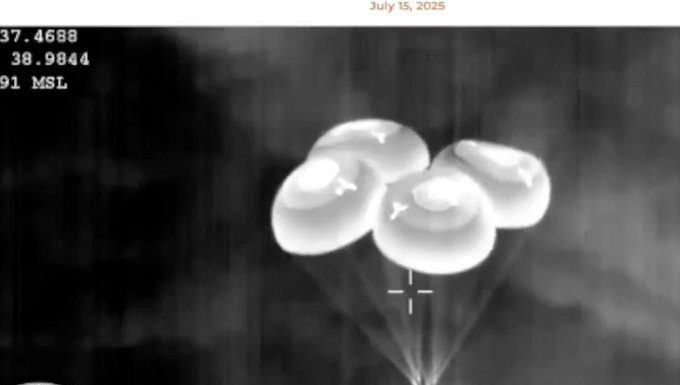
During his stay aboard the ISS, Shukla completed seven experiments assigned by ISRO. These included research on skeletal muscle degradation, growth of methi and moong seeds in space, Indian strains of tardigrades, cyanobacteria, microalgae, and crop seeds, along with testing an interactive Voyager Display under zero-gravity conditions.
The Dragon capsule was recovered by the SpaceX vessel Shannon, where the astronauts underwent initial medical evaluations before being airlifted to shore. From there, they will travel to Houston to reunite with mission teams and begin post-mission debriefings.
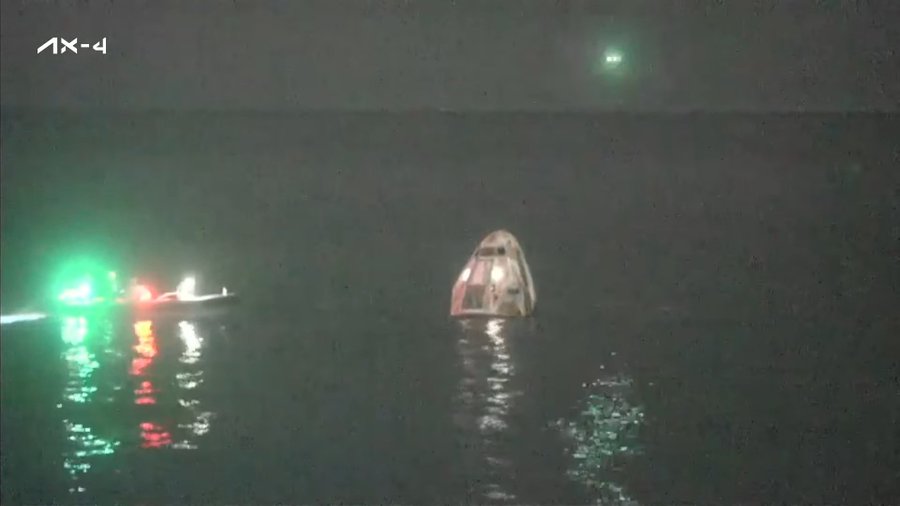
ISRO has confirmed that Group Captain Shukla will undergo a seven-day rehabilitation program to help him readjust to Earth’s gravity. This is standard protocol following long-duration stays in space.
The Axiom-4 mission is seen as a major step forward for India’s human spaceflight ambitions. The collaboration between ISRO, NASA, and Axiom Space is expected to bolster preparations for India’s upcoming Gaganyaan mission. Shukla’s successful mission has reignited national interest in space exploration and marks a proud moment in India’s scientific journey.

